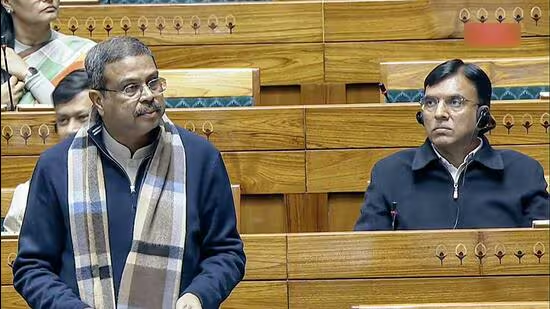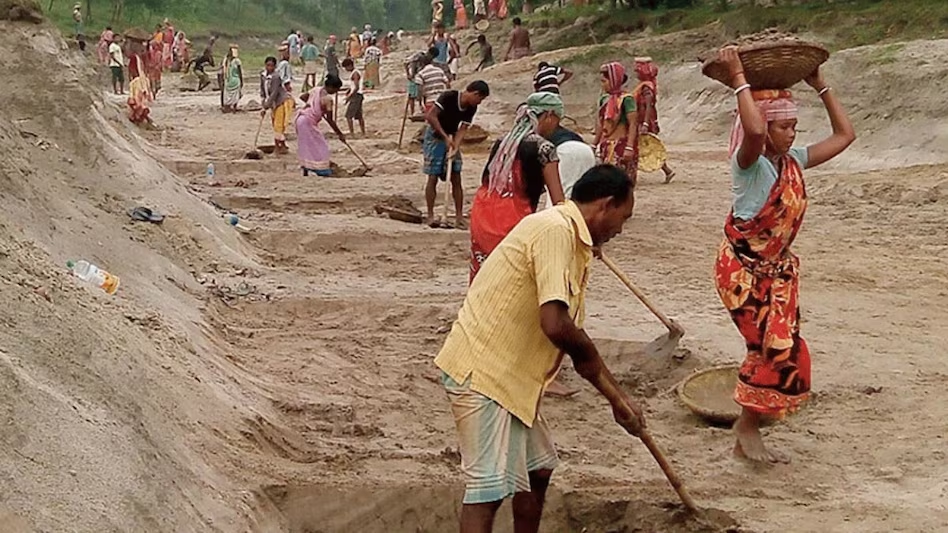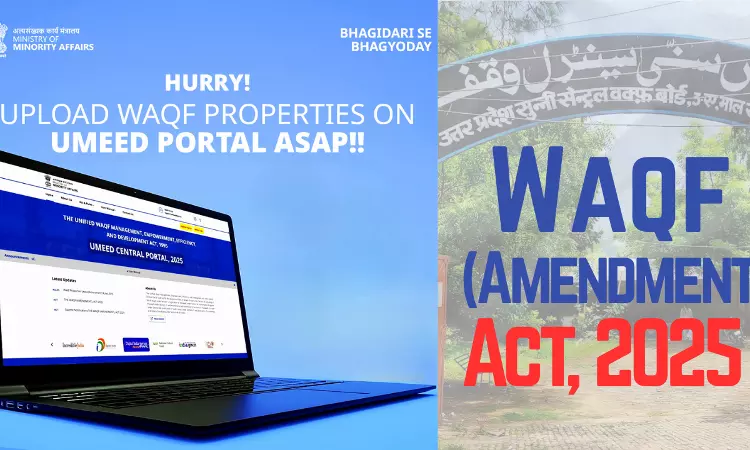





Disclaimer: Copyright infringement is not intended.
Context:
Details:
Roles of Lok Adalats members:
Differences between Lok Adalat and regular courts:
|
Regular Courts |
Lok Adalat |
|
●They strictly apply procedural laws like the Civil Procedure Code and Evidence Act. |
●Lok Adalats are less formal and don't strictly apply procedural laws like the Civil Procedure Code and Evidence Act. |
|
●Fixed Premise |
●Mobile Premis, which means they can be conducted anywhere. |
|
●Court fees might be required |
●There are no court fees, and if a fee has already been paid, it will be refunded if the dispute is settled at Lok Adalat. |
|
●Lawyer is mandatory. |
●People can represent themselves. Parties can directly interact with the judge through their counsel, which isn't possible in regular courts. |
|
●It is a forum of the state. |
●Forum of the citizens and stakeholders to provide the justice |
|
●Appeals can go to higher court |
●Orders are non-appealable, except in certain situations. |
|
●Settlement through legal mechanism |
●Settlement through mediation |
|
●Awards made by regular courts are binding on parties. |
●Awards made by Lok Adalats are binding on the parties and have the same legal force as a court judgment. |
|
History of Supreme Court of India Regulating Act of 1773: ●The Regulating Act of 1773, promulgated by the King of England, established the Supreme Court of Judicature at Calcutta. Letters of Patent (1774): ●On 26 March 1774, the Letters of Patent were issued, founding the Supreme Court of Judicature at Calcutta as a Court of Record. ●It was authorised to hear and determine complaints related to crimes and civil suits involving His Majesty’s subjects in Bengal, Bihar, and Orissa. Establishment of Supreme Courts: ●The Supreme Courts at Madras and Bombay were created on 26 December 1800 and 8 December 1823, respectively, by King George III. India High Courts Act (1861): ●This act established High Courts in various provinces, replacing the Supreme Courts at Calcutta, Madras, and Bombay, as well as the Sadar Adalats in Presidency towns. Federal Court of India (1935): ●The Federal Court of India was created under the Government of India Act 1935 to handle disputes between provinces and federal states and to hear appeals from High Courts. Post-Independence (1950): ●The Constitution of India came into effect on 26 January 1950, leading to the establishment of the Supreme Court of India, which began its first session on 28 January 1950. ●The Supreme Court has the authority of judicial review, enabling it to invalidate legislative and executive actions that contravene the Constitution. ●Initially, the Court met for 28 days a year with two daily sessions, but now it meets for approximately 190 days annually. Supreme Court BuildingConstruction and Design: ●The Supreme Court Building is located on a 17-acre triangular plot. ●It was designed by Ganesh Bhikaji Deolalikar, the first Indian Chief Architect of the CPWD, in an Indo-British architectural style. ●The foundation stone was laid by Dr. Rajendra Prasad, the first President of India, on 29 October 1954. Architectural Features: ●The building’s design symbolizes a pair of Scales of Justice. ●The central beam represents the balance, with the Chief Justice’s Court at the center and two Court halls on either side. ●The right wing houses the Bar room, Attorney General’s offices, and the Court library, while the left wing contains additional Court offices. The building has undergone two extensions, in 1979 and 1994.
●A black bronze sculpture of 210 centimetre height was installed in lawn of the Supreme Court on 20 February 1978. ● It portrays Mother India in the form of the figure of a lady. ●The lady is sheltering the young Republic of India represented by the symbol of a child, who is upholding the laws of land symbolically shown in the form of an open book. ●In the book, a balance is shown, which represents dispensation of equal justice to all. The sculpture was made by the renowned artist Shri Chintamoni Kar.
●Its design is reproduced from the wheel that appears on the abacus of the Sarnath Lion capital of Ashoka with 32 spokes. ●The inscription in Sanskrit “yatodharmastato jayah” means – Truth alone I uphold. It is also referred to - as the wheel of righteousness, encompassing truth, goodness and equity. Inaugural Speech (1958): ●Dr. Rajendra Prasad described the building as a "Temple of Justice," emphasizing its role in upholding fairness and balance, symbolized by the building's scale design. |
Conclusion
Lok Adalats, issues and its significance has been covered in detail in the following article:
Important articles for reference :
Sources:
https://main.sci.gov.in/pdf/Museum/m2.pdf
|
PRACTICE QUESTION Q. Lok Adalats are an important alternative dispute resolution mechanism for efficient and effective justice delivery. However, they face several challenges which often hinders them in meeting their objectives. Examine. (250 words) |





© 2025 iasgyan. All right reserved